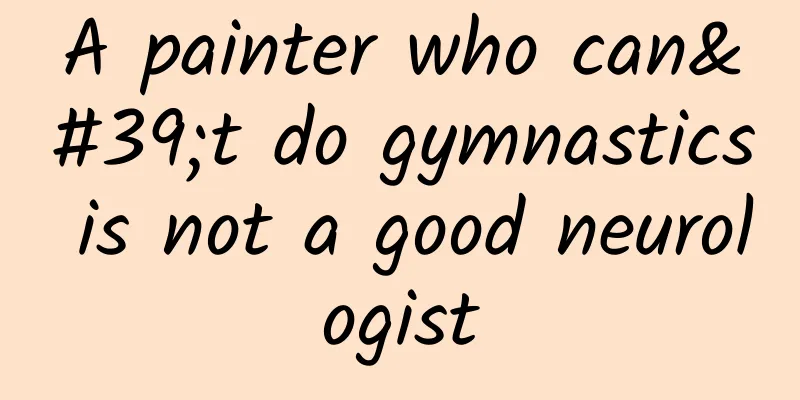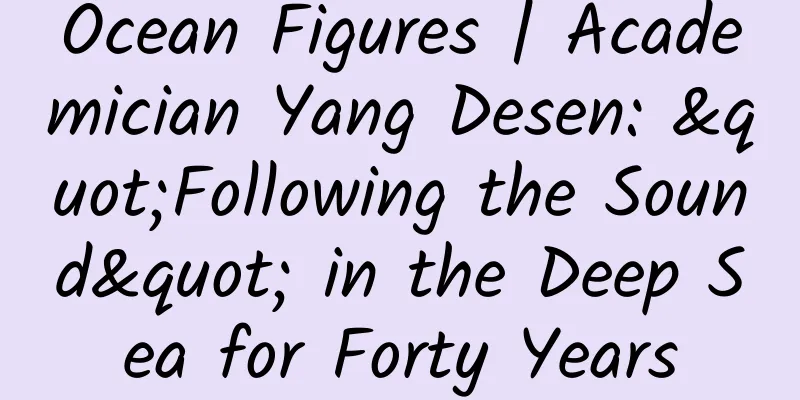A painter who can't do gymnastics is not a good neurologist

|
There was a scientist who was a gymnast, a neurologist, a good painter, and a Nobel Prize winner. When he was young, he was considered a naughty kid by others (he even destroyed the gate of his neighbor's yard with a cannon he made himself)... His name is Ramon Cajal. Image source: Wikipedia 01 Santiago Ramón y Cajal's legendary childhood Ramón y Cajal was a famous pathologist, histologist and neurologist. He was born in Aragon, Spain in 1852 and was the winner of the 1906 Nobel Prize in Physiology or Medicine. The son of Justo Ramón, a famous physician and anatomy lecturer, and Antonia Cajal, Ramón y Cajal was moved from one school to another because of his rebellious and anti-authoritarian tendencies as a child. When he was eleven years old, while other children were still studying hard in class, he used a cannon he made to destroy the gate of his neighbor's yard. He was imprisoned for this extreme behavior. Ramón y Cajal was also an avid artist, painter, and gymnast. He worked for a time as a shoemaker and barber, and was well-known in Aragon for his competitive spirit. Cajal in his early 30s in his laboratory in Valencia. Image credit: Cajal Institute (CSIC), Madrid Cajal's father's family background shaped his strict and cold character. Cajal's father believed that human thinking exists to acquire knowledge. According to Cajal's recollection, his father despised and criticized everything about art and literature, and rejected anything that was purely for appreciation or entertainment. There could only be medical books in the house, and no recreational books such as novels. Cajal's father even stubbornly believed that appreciation of art was an incurable disease. Cajal's mother was the complete opposite of his father. She was a hidden romantic who would often hide cheap science fiction novels at the bottom of a box and secretly give them to Cajal. Cajal was fascinated by the works of authors such as Hugo and Cervantes. After graduating from university, Cajal used his focus on reading novels to observe microscopes. Reading novels gave him a wild imagination and made him eager to explore more unknown areas. 02 Important achievements of Santiago Ramón y Cajal Since Cajal had a meager income, he had to pay for all the equipment used in the experiment out of his own pocket. Fortunately, the research on human histology required less investment than other research, and only a working microscope was needed. In 1873, Italian scientist Maximilian Golgi invented the silver dichromate staining method, mixing silver nitrate with potassium dichromate to prepare silver dichromate, and used silver dichromate to stain brain tissue. Golgi found that the staining effect of most brain tissues was not ideal, and only about 3% of neurons appeared very clearly under the action of silver dichromate, but the complete structure of a neuron could be clearly observed. However, due to the limitations of silver staining, it received little response until five years later, when Cajal, who had graduated from medical school, carefully studied the method and improved it, making it more complete and reliable. Cajal's talent for painting also helped him a lot, and his hand-painted research results convinced many scientists. Cajal's drawing of pyramidal neurons in the cerebral cortex on paper in 1904. Image credit: Cajal Institute (CSIC), Madrid The invention of the new staining method has enabled people to gain a deeper understanding of the structure of the nervous system. At that time, there were many different opinions in the scientific community: Are nerve cells fused with each other or exist independently? How does the brain work? Regarding the relationship between nerve cells, there have always been two opinions in the scientific community. The first view is the neuron theory represented by Cajal, which believes that nerve cells exist independently, that neurons are a physiological unit of the human central nervous system, and that each neuron is an independent entity. Dendrites and axons extend from the cell body of the nerve cell, which is responsible for support and nutrition. The other school of thought, the "reticular theory," believes that nerve cells are fused, that the entire nervous system of the human body is like a super-large network, that each nerve cell is responsible for providing nutrients, and that the brain is a whole. Today, the neuron theory is widely recognized, but more than a hundred years ago, the reticular theory was the mainstream. Cajal devoted his life to observing the relationships between retinal nerve cells. Although the retinal cells were known to science at the time, their arrangement and why remained ambiguous. Cajal's research made these complex neural structures clear and easy to understand. Since the information transmitted by cones and rods is isolated from each other, the view that nerve cells are fused into a whole network is obviously untenable in the academic world. The factual theoretical support in front of us has made the neuron theory begin to be respected by most people. Cajal's drawing of glial cells in the mouse spinal cord in 1899. Image credit: Cajal Institute (CSIC), Madrid Cajal said he has studied and observed more than a million neurons, witnessing every stage of their lives: from birth to growth, adversity, trauma, and finally decline and death. Cajal's wild imagination allowed him to imagine neurons as the protagonists of a fierce drama, and a specimen of dead brain tissue brought the story in Cajal's mind to life. Neuronal fibers in the brain "grope for each other." Their painful contact becomes a "protoplasmic kiss"—"the ecstasy of the epic ending of love." END Reviewer: Zhu Guangsi, member of Beijing Science Writers Association Tadpole Musical Notation original article, please indicate the source when reprinting Editor/Xiao Xitushuo |
<<: Is a water purifier a necessity in life, or is it just useless?
>>: Is it sentimentality or morbid affectation? Why do animals shed tears?
Recommend
Knowing more drainage channels is not as good as understanding these 3 drainage principles!
User growth is almost the ultimate proposition of...
A piece of sugar cane was eaten and sent to the ICU! Don't eat this kind of sugar cane, it can cause death
In winter, bundles of sugar cane are often seen i...
AMD graphics card made by “girlfriend”?
GlobalFoundries (GF for short) is a company separ...
Baidu Ai Purchasing cooperation introduction flow, what is the platform for Baidu Ai Purchasing cooperation?
Baidu AiPurchasing is a global procurement platfo...
Are you still spending money to buy traffic? Which of the five major traffic channels do you choose?
When we do marketing promotion, we can choose cha...
I've been wrong all along! The pillow is not for your head, but for this...
Today, Science Popularization China is going to t...
Cauliflower, broccoli, and kale are actually "brothers"
After eating them for so many years, I finally re...
What is the specific situation of Mongolia donating 20,000 masks? Where are these masks shipped from?
On March 2, the Mongolian Red Cross donated 20,00...
Use this trick well and your user conversion rate will increase exponentially!
Let me tell you a story first: Smart little begga...
The Federal Reserve raised interest rates, why did my stocks go up?
Hunzhi Finance Specialized in solving financial p...
Online customer acquisition skills, share these 3 steps!
Before I start, I would like to ask you if you ha...
There are 5 habits in winter, no wonder your lips are dry and rotten! Many people do this every day
The weather is so cold It's time to test ever...
How powerful is it? Alfa Romeo 2.0T engine
Recently, Alfa Romeo has provided a new 2.0T turb...
Android M full name Android Marshmallow
Last week, Google released a promotional video fo...
Spend 2 hours writing every day, Zhihu Good Things can also make a lot of money part-time, actual monthly income exceeds 30,000+
Spend 2 hours writing every day, Zhihu Good Thing...









